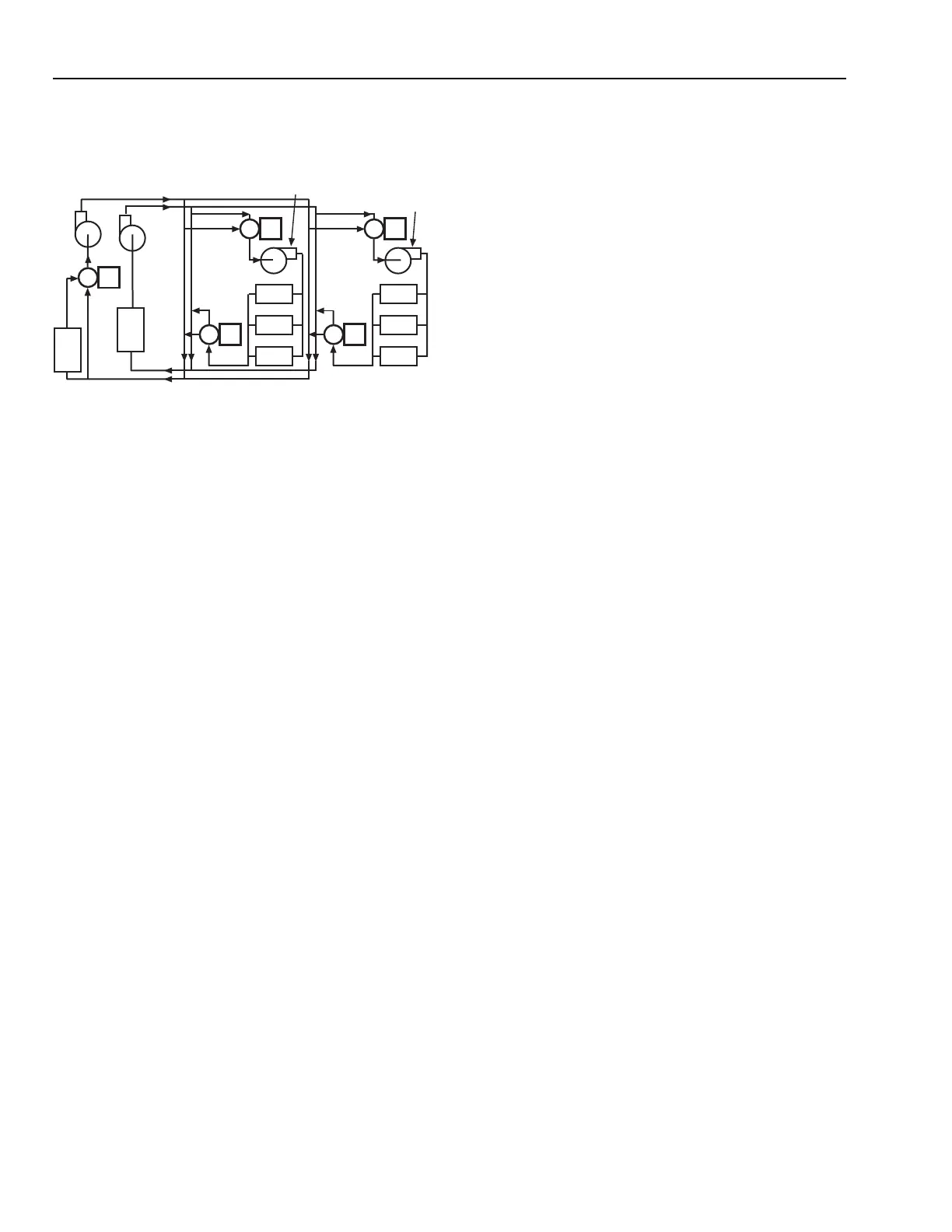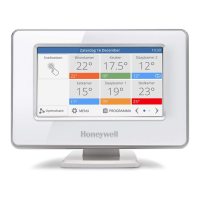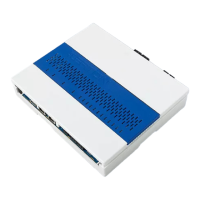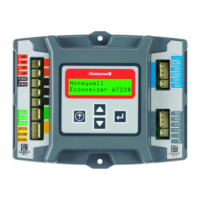ENGINEERING MANUAL OF AUTOMATIC CONTROL
CHILLER, BOILER, AND DISTRIBUTION SYSTEM CONTROL APPLICATIONS
368
Figure 100 uses three-way valves V1 through V4 operating
two position to accomplish zone changeover. In large systems,
two-way valves may offer a tighter isolation of the hot and
chilled water circuits than three-way valves.
are not considered in this section. Not all of Objectives 1 through
7 may apply to any given distribution system.
1. Steam mains must provide adequate capacity so steam
velocity is between 8,000 and 12,000 feet per minute (133
to 200 feet per second).
2. Water must not be allowed to accumulate in the mains.
Provisions must be made for the use of traps or
superheated steam to reduce or eliminate water in mains.
3. Pockets of water must not be allowed to accumulate.
Steam traveling at 200 feet per second (135 mph) can
propel the water causing water hammer, which can
damage or destroy piping.
4. Condensate must be returned to the boiler at the same
rate as steam leaves the boiler. Otherwise, the boiler will
be shut down by low water cutoff control or be damaged
from lack of water covering heated metal.
5. Provision must be made to expel the air when steam is
again supplied. When any part of the system is not
supplied with steam, that part of the system fills up with
air from the atmosphere. If air is present with the steam,
the air plates the heat exchanger surfaces and reduces
capacity. The oxygen in the air causes pitting of iron and
steel surfaces and the carbon dioxide (CO
2
) in the air
forms an extremely corrosive carbonic acid solution.
6. The return condensate piping system must be sized for a
low-pressure loss to eliminate flashing. For example, if
15 psi steam condenses in a heating coil, the condensate
is still near the boiling point, say 240F; and if the return
main is at atmospheric pressure, the condensate can flash
into steam. This wastes heat and can block the return of
condensate to the boiler.
7. If necessary, the flow of steam must be accurately
measured to account for steam usage. When steam is used
in a closed system (none is vented to atmosphere), the
steam flow to a building or zone can be measured by
measuring condensate flow.
PROPERTIES OF STEAM
One Btu added to one pound of water raises the water
temperature one degree Fahrenheit. When water temperature
reaches 212F at sea level (14.7 psia) it contains 180 Btu/lb (212
– 32) = 180. However, it takes another 970 Btu to convert the
one pound of water to a vapor (steam). The total heat of the
vapor is: 180 Btu/lb + 970 Btu/lb = 1150 Btu per pound. The
970 Btu/lb is the latent heat required to vaporize water.
One pound of water in the liquid state occupies about 28
cubic inches at 32F. When converted to vapor at 212F, it
occupies 27 cubic feet or 1672 times as much space as the liquid.
One pound of steam (water vapor) when cooled and
condensed in a radiator or other heating device gives up 970
Btu to the device and returns to its liquid state. If the liquid
(water) leaves the radiator at 180F, it gives up another 32 Btu,
so the total heating value of low pressure steam is said to be
1000 Btu per pound (actually 32 + 970 or 1002 Btu).
Fig. 100. Two-Pipe Multiple-Zone Dual-Temperature
System Using Zone Pumps.
STEAM DISTRIBUTION SYSTEMS
AND CONTROL
INTRODUCTION
Steam distribution systems are classified as either low
pressure (15 psig and less) or high pressure (above 15 psig).
Low pressure systems have many subclasses such as one-pipe,
two-pipe, gravity, vacuum, and variable vacuum. See HOT
WATER DISTRIBUTION SYSTEMS for steam-to-hot water
converter configurations and control.
ADVANTAGES OF STEAM SYSTEMS VS HOT
WATER SYSTEMS
The principle reasons for the use of steam to distribute heat
in commercial buildings or in groups of buildings separated
from the heating plant are:
—Steam is light weight (27 cubic feet per pound).
—Steam has high heat content (1000 Btu per pound).
—Steam flows through pipes unaided by pumps.
— Steam does not create excessive static pressure on piping
in tall buildings.
—Terminal units can be added or removed without basic
design changes.
—Draining and filling are not necessary to make repairs
as with hot water systems.
—Steam can be distributed through a large system with
little change in heating capacity due to heat loss.
STEAM SYSTEM OBJECTIVES
Carefully consider distribution system objectives when
applying controls either to the boiler or to the distribution system
itself. Control and/or piping of the boiler or steam generator
C2921
V2
PUMP
V4
TERMINAL
UNITS
TERMINAL
UNITS
PUMP
V1
V3
PUMP
CHILLER
BOILER
V5
PUMP

